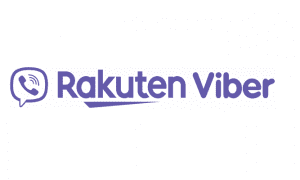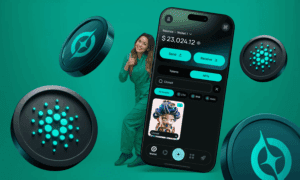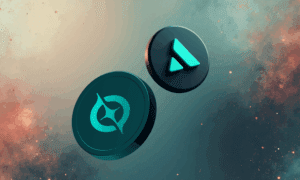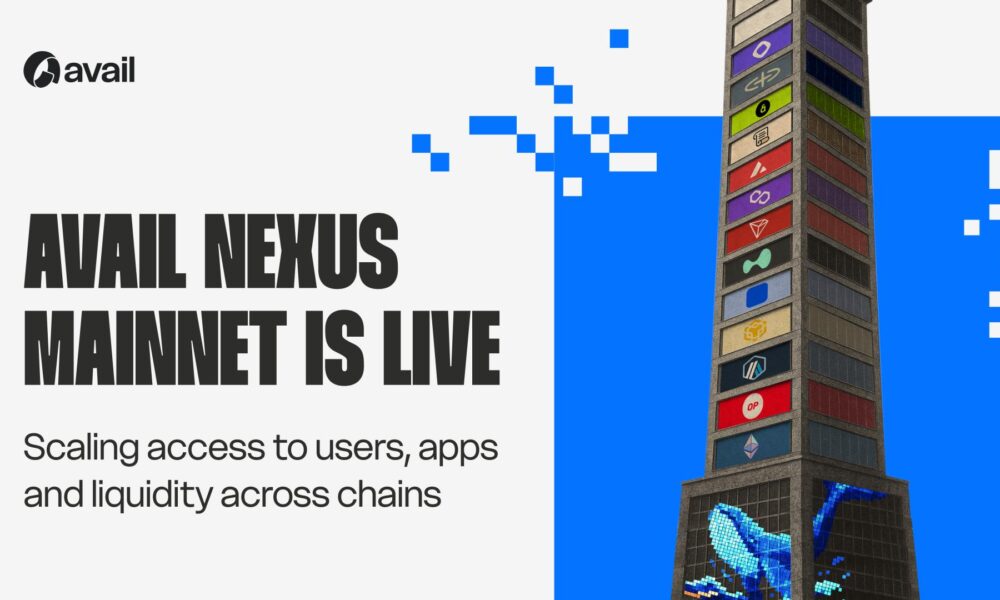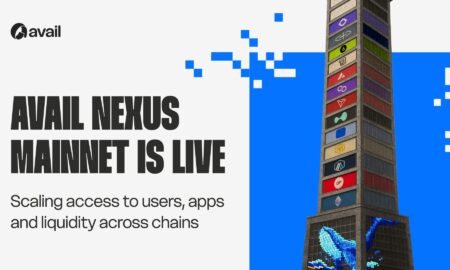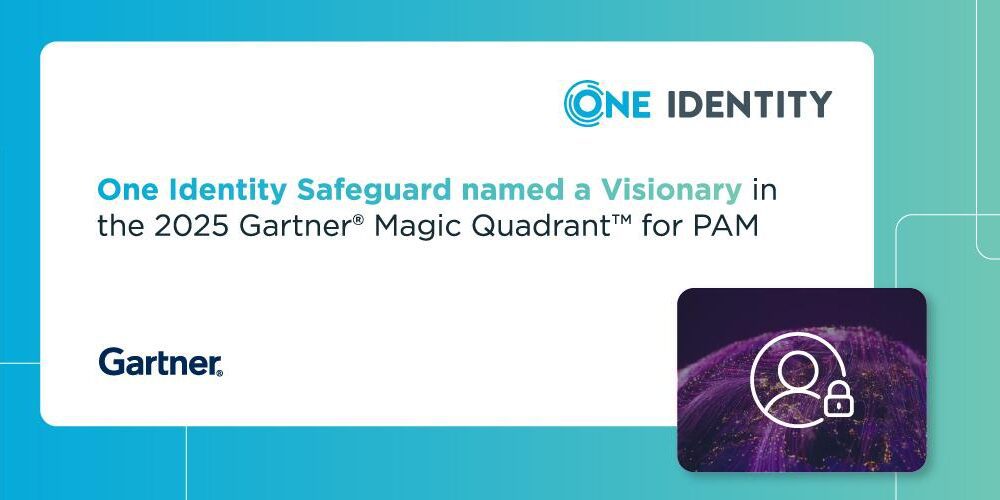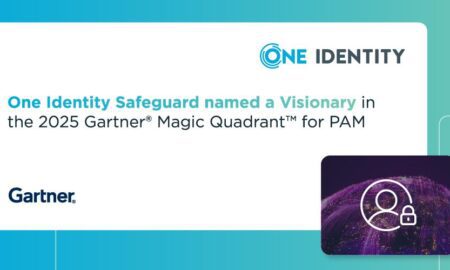We’re sitting down with Yelyzaveta Didenko, a growth expert who has spent several years in the tech world, most notably at Rakuten Viber. While working full-time at Viber, she helped marketing founders and solopreneurs build their personal brands and generate content at scale, all while preserving their authentic voice.
How would you explain the importance of a strong social media presence for founders?
Being on social media involves a lot more than just putting up the periodic update. It’s a reflection of an individual’s and an organization’s brand. When inviting someone into their space, most people have a pretty good idea of what to expect, and those online mutual spaces tend to mirror the physical ones. When deciding to engage with someone on social media, I usually think about what kind of online mutual space that would be.
What are the core elements of your five-hour weekly content creation system?
My system consists of four stages. The first stage is strategy and planning, which takes one hour. In this phase, you define your weekly objectives, select key thematic areas, and ideate about content. The second stage is content creation, which takes two hours. During this time, I produce written posts and short videos. The third stage is design and polishing, which takes one hour, and in which all content becomes not just professional but appealing. Finally, the fourth stage is scheduling and engagement, which also takes one hour and revolves around making sure that not just the content, but also the creator, has maximum reach and interaction.
What does effective “Strategy & Planning” look like for the week?
It begins with establishing explicit objectives. Do you want to disclose professional knowledge? Shine a light on new product features? Or, perhaps, do you want to share personal narratives of challenge and triumph for the motivation of others? Following that, concentrate on two or three central themes for the week. I frequently discuss personal branding and the hurdles women entrepreneurs encounter—two subjects that hit home for me. After I have settled on themes, I engage in some good old-fashioned brainstorming to generate a pool of potential content ideas. Community feedback, trending conversations, or direct queries that people pose to me can lead to the generation of ideas.
Can you walk us through your approach to actual content creation?
I split my content-creating time between written posts and videos. With written posts, I follow a straightforward formula: start with a hook that really grabs attention, proceed with some kind of valuable insight or advice, and finish with a clear call to action. The call to action is where you really encourage your audience to engage with you in some meaningful way—whether that’s through commenting, sharing, or reaching out directly. On the video side, I usually create two to three short (30 to 60 seconds) videos each week. These videos might focus on giving behind-the-scenes insights, sharing tips useful to fellow founders, or providing commentary on some trend in marketing or technology.
What role do visuals play, and how do you handle design efficiently?
The reason visuals are so important is that they grab attention and convey information rapidly. Tools like Canva, which I use to create templates, do a good job of that for me. They enable me to make posts that are on an app-level template (like Instagram) but maintain my brand. For more “in your face” video content, I use CapCut, an editing app that helps me do the same thing with my videos that I do with my posts (make them visually appealing and maintain my brand across all platforms).
Why do you advise against fully automating social media with scheduling tools?
From what I have seen, depending too much on watching tools can lessen the engagement that your posts receive. The algorithms that control how visible your posts are tend to favor interactions that happen in real time. It is crucial to be active on the platform just before and just after you post if you want to maximize engagement. I suggest spending about 15 minutes in front of the audience pre-post and about 30 minutes post-operatively. This time will allow you to push the posts that you want your audience to notice.
What tools and platforms do you find most effective for streamlining the process?
The process is kept organized and efficient by employing several tools. For planning, Notion or Trello is used to set up a content calendar and keep track of upcoming posts. For design, Canva is used to create visually appealing content in a quick manner. For video editing, CapCut is the chosen tool. Employing these tools ensures productivity and the staying of track.
Have you seen tangible results from implementing this five-hour system?
Indeed, this system for creating content has led to some concrete outcomes. For instance, my network on LinkedIn shot up by 20% over just a few months because I applied the tool with some focus. My focus was on two themes: marketing, and personal branding—none of which I was particularly passionate about until I started peeling back the layers. I’m now pretty passionate about content creation, because every time I create content, the visibility of opportunities for collaboration seems to multiply.
What tips do you have specifically for women tech founders looking to optimize their content strategy?
First, I advise focusing on sharing personal stories and lessons learned as a woman tech founder. People connect with authenticity. Second, I recommend that you not feel pressured to be everywhere. Tactics can vary greatly by platform, so pick one to master first and focus your efforts there. Once you’ve streamlined your process and built consistency, you can expand to other platforms. One more thing: consistency is more important than perfection. Don’t overthink what you put out there. The more you post, the better you’ll get at it, and the more you’ll connect with your audience.
How can founders stay motivated when content creation starts feeling like a chore?
When the creation of content begins to feel like too much, I advise reconnecting with your “why.” This is about much more than just creating content—it’s about building trust and showcasing your expertise and a path toward opportunities. And when it feels like a Sisyphean task, remember that the focus should be on your strategy and on content that not only aligns with your business goals but also your personal values. If you break down the creation of content into smaller, manageable steps, it should feel less daunting. And when you focus on the path toward a larger vision, it also feels more meaningful, and you also might maintain more motivation to stick with it.


